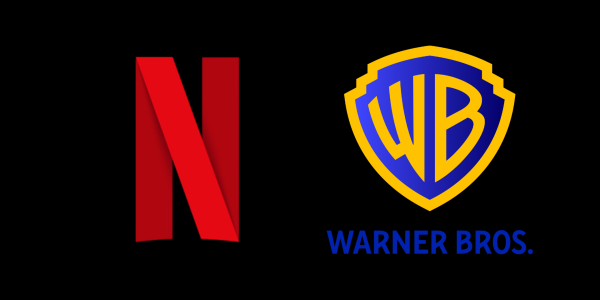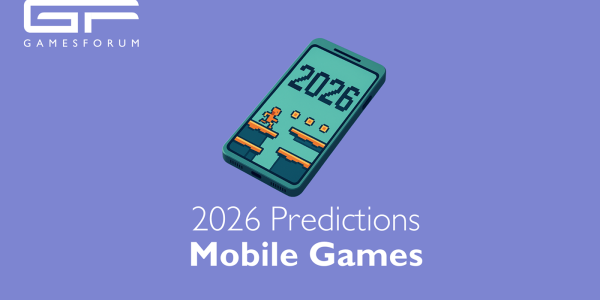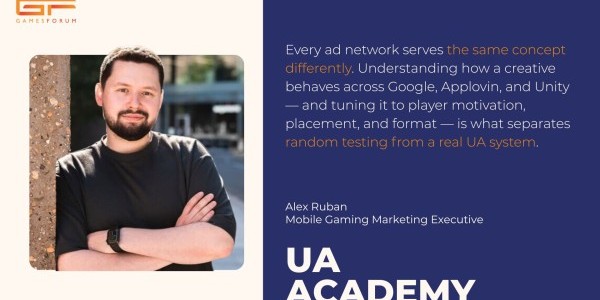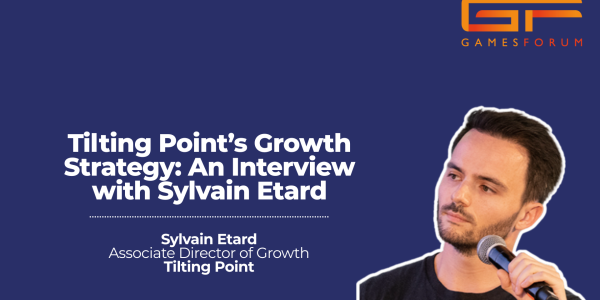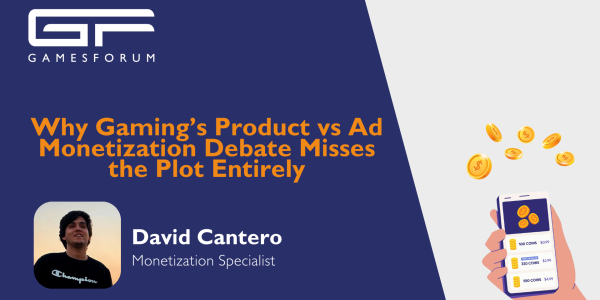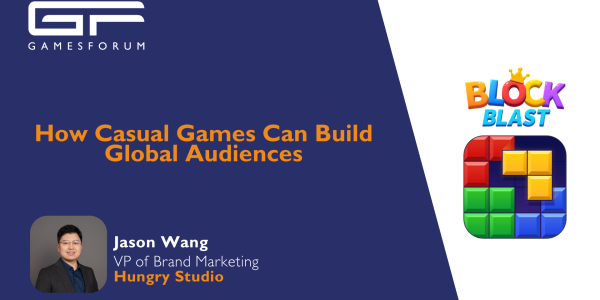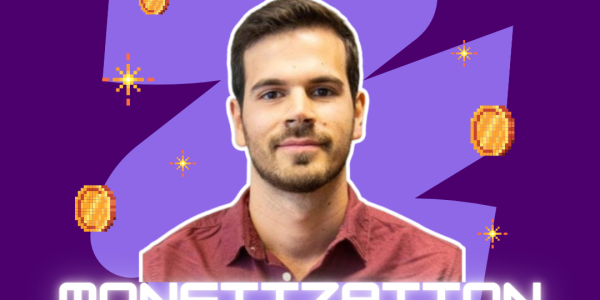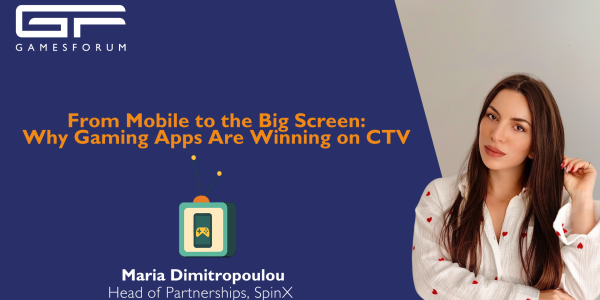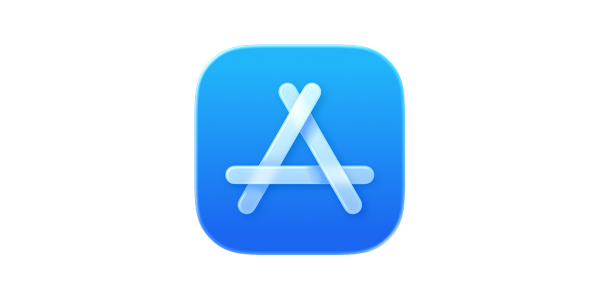“Monetization isn’t a department, it’s a design philosophy.” - Solomon Ruiz-Lichter, Founder, Dual Pulse Advisory
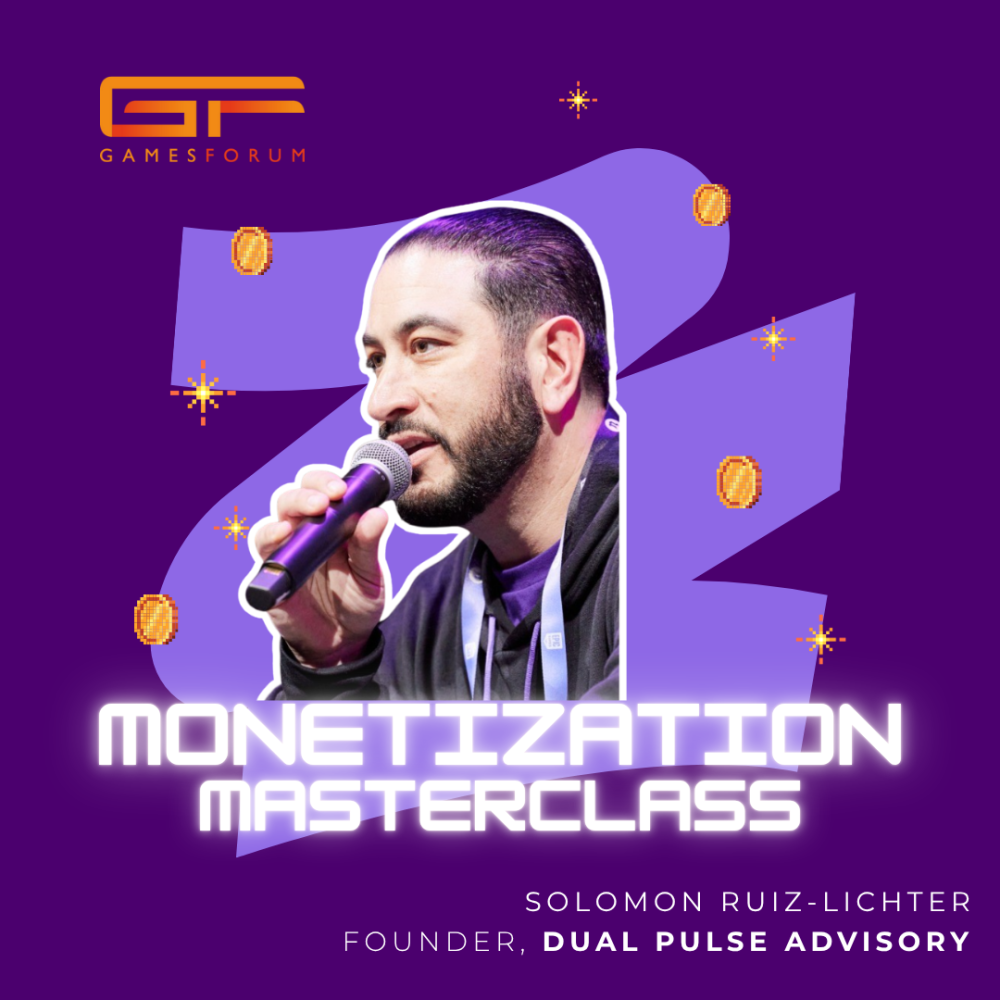
Solomon Ruiz-Lichter has spent his career helping studios and B2B providers turn monetization from an afterthought into a growth engine. In this conversation, the Dual Pulse Advisory founder explains why embedding monetization thinking early: in game design, data systems, and organisational process, creates economies that feel organic, not extractive. Drawing from experiences with Big Fish Games, CleverTap, and AWS, Ruiz-Lichter outlines a practical model for connecting LiveOps, retention, and revenue into a unified system built for long-term resilience.
At CleverTap Gaming, you worked with leading publishers like 2K and Big Fish. What monetization strategies did you see resonate most in driving retention and revenue?
What seemed to resonate the most was the overall operational maturity I saw on those teams. The publishers who treated LiveOps as a discipline rather than another task on their content calendar consistently outperformed. They had a tight feedback loop between product, CRM, Growth and data science, so every event, offer, and experiment was maximized as a learning opportunity. Personalization at scale works best when it’s grounded in behavioral data and tested continuously, and you need to have the content treadmill committed in perpetuity to support that.
The second thing was simplicity: good games and strong IP don’t require gimmicks. Clear value loops, meaningful progression, and fair offers seemed to consistently out perform over-optimization and excessive pricing changes.
How did you approach balancing short-term revenue tactics (discounts, spikes) with building sustainable long-term LTV models for studios?
It comes down to intent and your relationship with your players. You can run discounts and time-limited events without eroding long-term value if your players trust your economy and cadence. The problem is when studios use “revenue spikes” to mask deeper retention issues.
I try to encourage studios to look at monetization through the lens of habit strength. If a player buys once because of urgency, that’s revenue. If they buy again because they feel progression, that’s LTV. The goal is to operationalize that feedback loop, to understand not just when players convert, but why.
Partnerships seem to have been a big theme in your career (AWS, co-sell programs). Which partnerships proved most impactful for monetization growth, and why?
The partnerships that mattered weren’t just about channel reach, they were about credibility. Partnering with AWS was impactful because it put us in conversations we otherwise wouldn’t have been in: enterprise studios modernizing infrastructure, and mid-tier studios looking to scale globally. But maybe the most impactful aspect of it was the community we built around our Product x LiveOps Symposium, which is an event we conceptualized as partners and ran during GDC and GamesCom, and even as a standalone event once.
As we all know, games are still in a down-market cycle right now, and the event was our way of building a focused community for what we viewed was an under-served audience at that time: product managers in gaming. This isn’t the type of audience where you can come in hot and try to sell things. You have to build trust and a deep relationship over time. So I think we’ve done a pretty good job of that, and are still continuing to see the rewards and positive business momentum from that long-term investment, even in a tough market-environment.
From your perspective, what common mistakes do gaming studios or B2B tech providers make when trying to translate engagement into lasting revenue?
They confuse activity with intent. Sending another in-app message or surfacing another offer doesn’t automatically create value. Too many teams measure engagement by activity volume, not by context. It’s the old quantity vs quality adage.
On the B2B side, providers often oversell “personalization” without helping studios operationalize or scale it. They leave LiveOps teams with tools, but not systems. And studios sometimes optimize themselves into a corner, chasing near-term ARPDAU lifts instead of systems and new processes that create long-term sustainable LTV.
The real unlock is organizational, breaking down silos between marketing, product, and data so engagement decisions have business context and each part of the org can work to help their counterparts improve their metrics.
You’ve transitioned from leading a global gaming practice at CleverTap to founding Dual Pulse Advisory. What gaps in the market did you see that made you want to launch your own consultancy?
The biggest gaps we see are in time and resourcing. Game Teams can often take months to make a big decision like licensing a LiveOps or CRM platform, but once they’d get through that long sales-cycle with us, it would almost seem like the effort of that process prompted a long pause to focus resources on other areas, instead of properly staffing up the team to get the technology properly integrated and on the fast-path to value realization. That is often an involved process, and in an environment where most studios are operating lean, it can seem a lot safer to simply focus on the next big content or feature release instead. Then the timeline stretches out and you’re 8 months into your 12 month license. It’s a set up for a tough ROI conversation with the leadership team with whom you lobbied for the budget in the first place.
On the other side, B2B providers are great at selling features and solutions, but they often lack empathy and context for how studios actually operate day-to-day and are on the hot seat for driving faster results.
Dual Pulse exists to bridge that gap; to help both sides connect strategy to execution. For studios, that means first getting the damn integration done, then turning LiveOps and in-game monetization into repeatable systems via continuous testing and optimization. For providers, it’s about positioning, process and partnerships that drive revenue for the business, right out of the gate, since the opportunity cost is often so high in B2B.
Having advised both B2B tech providers and B2C game studios, how do you see monetization challenges overlapping, or diverging, between the two?
They’re fairly different and distinct, which is why the core charter of our consultancy is pretty ambitious (hence the Dual Pulse). It’s two very different GTM motions. The biggest divergence is the time horizon. Studios live and die by daily and weekly metrics; SaaS and service providers think in months and quarters.
In B2B, your target market can be fairly focused. You know who your buyers are, such as in the case of a tech provider focused on gaming. And the sales-cycles can take a long time, depending on the size and complexity of the org, and the strategic nature of your solution or service. In B2B Go To Market, or “GTM” is largely driven by enterprise sales strategy and B2B marketing.
For Game Studios (B2C), GTM is driven by Growth and Product teams (with growth owning user acquisition and product/ops often owning revenue). But there are B2B elements in Games too, which is where business development comes in, such as in the case of IP partnerships, or publishing deals, which can help a game scale, similar to a co-sell partnership on the SaaS B2B-side, like AWS. So there is some overlap.
At the end of the day, whether it’s B2B or B2C, it’s about identifying your total addressable market, figuring out their buying cadences, and modeling your org to mirror, add value, and thoughtfully intercede in those processes. That’s how you build a sustainable business.
What has been the most defining learning in your career when it comes to building monetization strategy into a core growth function rather than a bolt-on?
Monetization isn’t a department, it’s a design approach that can be supported by multiple functions. When you embed monetization thinking into game and system design early, you create economies that feel organic, not extractive.
In B2B, one equivalent is pricing and packaging strategy. Another is aligning the project team that integrates a solution around a goal-based, KPI-driven longer-term engagement where you’re deeply partnering with the client, moving beyond a standard onboarding checklist-driven approach. If you wait until after you’ve gone to market to define value realization, you’re already behind. This is what we’re trying to solve for at Dual Pulse Advisory.
Running these functions and processes in parallel so you don’t delay key insights and optimizations can make the difference between winning or losing in this market.
Looking back, which role or project most influenced how you think about monetization today?
Working with Big Fish Games back in the Leanplum days had a huge impact on me. They were early to operationalize LiveOps at scale, not just scheduling events, but running LiveOps as a centralized, above-portfolio function. They made long-term investments in data pipelines, infrastructure, and process discipline to make their strategy scalable and extensible.
That experience shaped how I view LiveOps as both a growth (via retention) system and a monetization system; and how studios that treat it that way end up with stronger economies and more resilient player bases.

